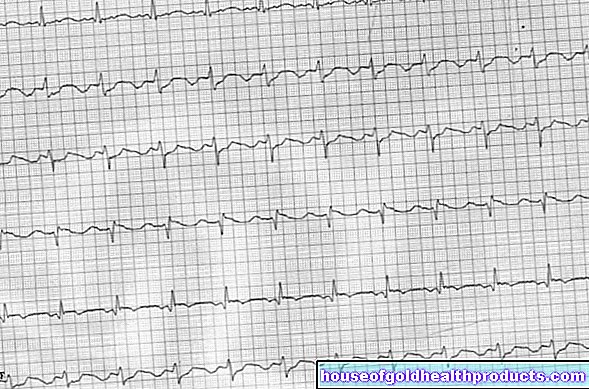Triamcinolone
Updated on All content is checked by medical journalists.Triamcinolone is a synthetic glucocorticoid. Glucocorticoids are drugs that are colloquially referred to as "cortisone". Triamcinolone has a strong anti-inflammatory effect. It is used externally or internally, for example for asthma, rheumatoid arthritis and neurodermatitis. Here you can read everything you need to know about the use, effects and side effects of triamcinolone.
This is how triamcinolone works
Triamcinolone is a synthetic glucocorticoid that primarily has anti-inflammatory effects. It penetrates into body cells, binds to special glucocorticoid receptors inside and subsequently inhibits the release of inflammatory substances such as cytokines and prostaglandin.
In addition, glucocorticoids such as triamcinolone inhibit the maturation / activation of certain immune cells (T and B cells) and the migration of white blood cells (leukocytes) into a focus of inflammation. White blood cells (which also include the B and T cells) play an important role in inflammation and autoimmune diseases.
For this reason, triamcinolone has an antiallergic and, in higher doses, also an immunosuppressive effect (= the immune system suppressing effect).
Uptake, breakdown and excretion
If triamcinolone is administered orally, i.e. taken by mouth (e.g. as a tablet), it is completely absorbed into the blood in the intestine. The highest blood levels are reached within four hours.
The glucocorticoid is metabolized in the liver and then excreted evenly in the stool and urine. About 3.3 to 5 hours after administration, half of the active ingredient has left the body (half-life).
The glucocorticoid can also be used as an injection or an external preparation (such as an ointment, spray, etc.).
When is triamcinolone used?
Triamcinolone is prescribed orally (e.g. as a tablet) if the drug is to exert its effect throughout the body (systemically). This is the case, for example, with the following diseases:
- Allergic runny nose (rhinitis)
- Skin diseases (dermatoses), eczema
- inflammatory diseases of the musculoskeletal system
In various diseases, triamcinolone can be injected directly into the focus of the disease, such as rheumatoid arthritis, activated osteoarthritis, bursitis, periostitis, shoulder-arm syndrome and various skin diseases (such as lichen planus verrucosus, lichen simplex chronicus, lichen) sclerosus et atrophicans).
Topical application of the active ingredient (e.g. as an ointment) is indicated for neurodermatitis and allergic eczema.
This is how triamcinolone is used
The dosage depends on the type and severity of the disease. The age of the patient also plays a role.
When using tablets, for example, initially 20 to 40 milligrams of triamcinolone are taken per day (in the morning). The dosage is later reduced to two to eight milligrams per day (maintenance dose).
As an injection, ten to 40 milligrams of triamcinolone are generally given every three to four weeks.
An ointment with one milligram of triamcinolone per gram is applied once or twice a day (for a maximum of four weeks).
Dosage and duration of use in the individual case are determined by the attending physician.
What side effects does triamcinolone have?
When used systemically (tablets), triamcinolone can cause the following side effects, among others:
- osteoporosis
- reddish stretch marks on the skin (Striae rubrae)
- Glaucoma and cataracts
- Stomach ulcer
- Diabetes mellitus
- increased retention of water and sodium in the body, increased excretion of potassium
- male hair type in women such as beard growth (hirsutism)
- increased risk of infection
If triamcinolone is injected directly into a joint or a disease focus, it can lead to the death of bone tissue and local infections.
Possible side effects with topical application (ointment etc.) are allergic skin reactions, tissue shrinkage (skin atrophy), visible enlargements of tiny, superficial vessels (telangiectasia), skin strips (striae), steroid acne, skin inflammation around the mouth (perioral dermatitis) and excessive body hair (hypertrichosis) ).
What should be considered when using triamcinolone?
Contraindications
Triamcinolone must not be used in certain cases. Long-term systemic use is contraindicated in:
- Gastrointestinal ulcers
- previous psychiatric illnesses
- chronic virus-related liver inflammation (chronic viral hepatitis)
- Fungal infections that affect the whole body or at least large parts of it (systemic mycoses)
- Inflammation of the lymph nodes (lymphadenitis) after vaccination against tuberculosis
In some cases, a doctor must carefully weigh the benefits and risks before using triamcinolone, for example in patients who have had tuberculosis in the past.
Triamcinolone injections are contraindicated if there is an infection in the area of application.
Topical triamcinolone preparations (such as ointments) must not be used in specific skin processes (tuberculosis, syphilis), chickenpox, fungal infections, bacterial skin infections, skin inflammation around the mouth (perioral dermatitis), rosacea and vaccination reactions.
Interactions
Triamcinolone and other drugs can interact when used at the same time. As a result, the effects / side effects of the glucocorticoid and / or the other drugs can be influenced.
Glucocorticoid therapy can increase the effect of cardiac glycosides and water tablets (diuretics) and reduce those of oral anticoagulants (anticoagulants).
In combination with non-steroidal anti-inflammatory drugs (such as acetylsalicylic acid, diclofenac) the risk of stomach ulcers and bleeding in the digestive tract increases.
Medicinal substances that increase the amount of liver enzymes that break down foreign substances (enzyme inducers) accelerate the metabolism of triamcinolone and thus reduce the effect of the therapy. Such enzyme inducers are, for example, phenytoin (for epilepsy), rifampicin (antibiotic against tuberculosis) and barbiturates (for example for epilepsy and as an anesthetic).
Oral contraceptives (pill) can increase the effects of glucocorticoids such as triamcinolone.
Further interactions are possible. Patients should therefore inform their doctor about all preparations (including over-the-counter products) that they use.
Age restriction
Age restrictions in childhood and adolescence depend on the type of dosage form (tablet, syringe, ointment, etc.). Parenteral depot preparations and crystal suspensions must not be given to children under six years of age. In children between six and twelve years of age, these preparations are only allowed if they are absolutely essential.
pregnancy and breast feeding period
During pregnancy and breastfeeding, triamcinolone should only be used if it is absolutely necessary from a medical point of view (strict indication). This applies in particular to systemic use, for example as a tablet.
Local treatment with triamcinolone, for example in the form of an ointment or tincture, on the other hand, may be carried out in all phases of pregnancy.
More detailed information on the excretion of triamcinolone in breast milk is not available. Likewise, there have been no reports of symptoms in the breastfed infant. The following applies: Triamcinolone may be used locally during breastfeeding if the breast area is left out.
By contrast, the glucocorticoids of choice for systemic therapy during pregnancy and breastfeeding are prednisolone and prednisone. If possible, these active ingredients should be given preference over triamcinolone.
How to get medication containing triamcinolone
The active ingredient is only available on prescription in Germany, Austria and Switzerland, so only upon presentation of a doctor's prescription in the pharmacy.
Tags: symptoms sports fitness smoking


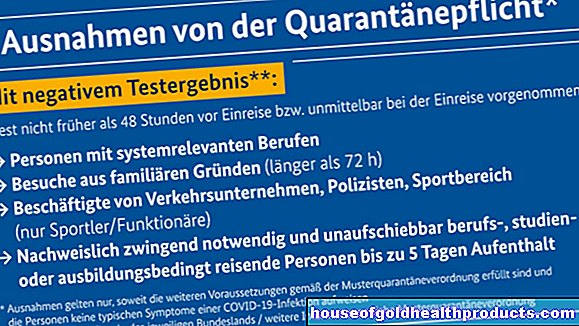
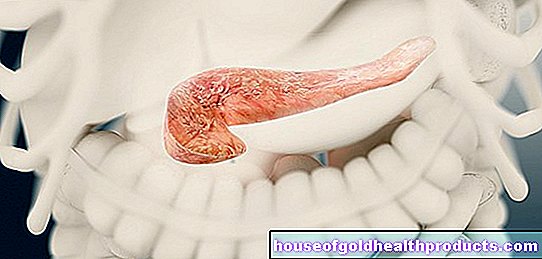
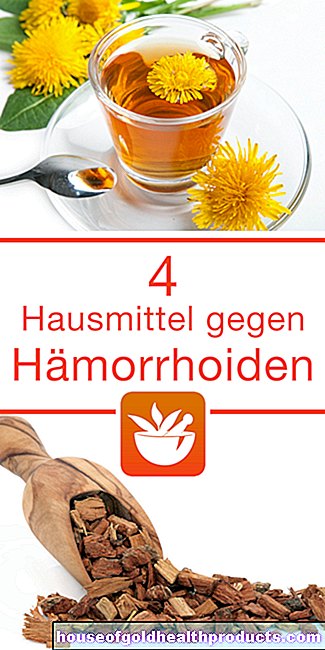

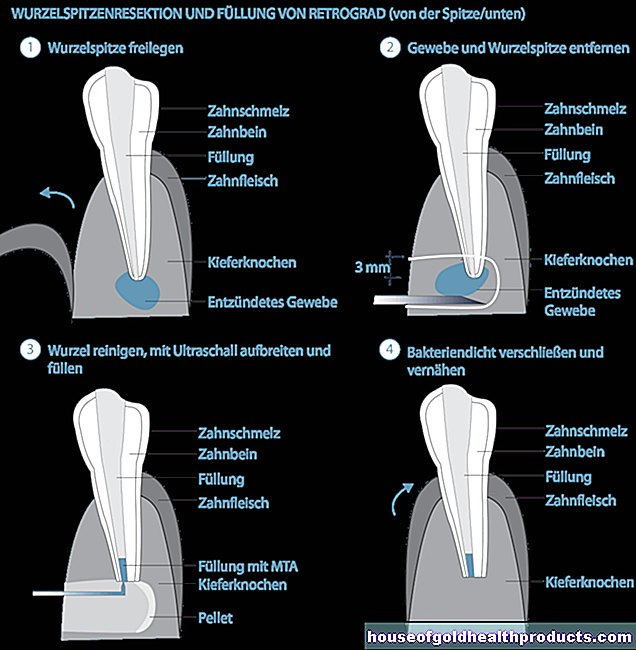


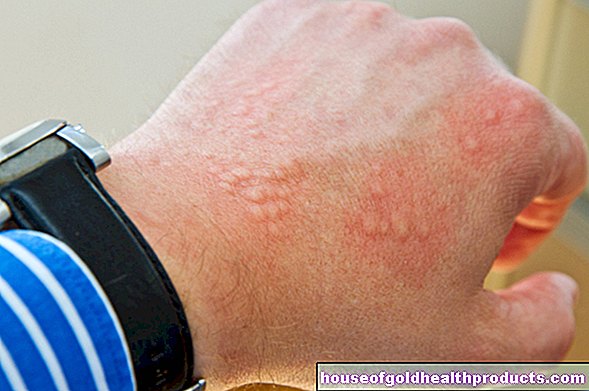


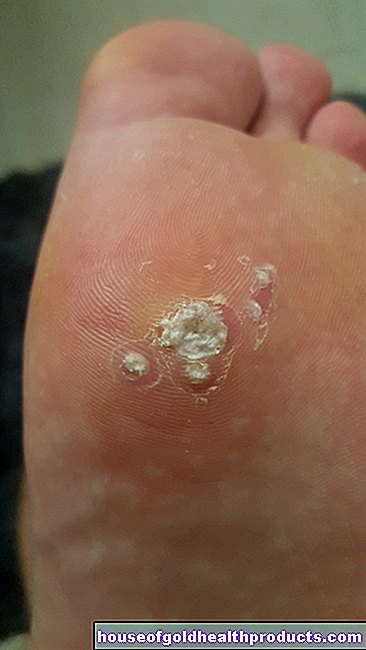




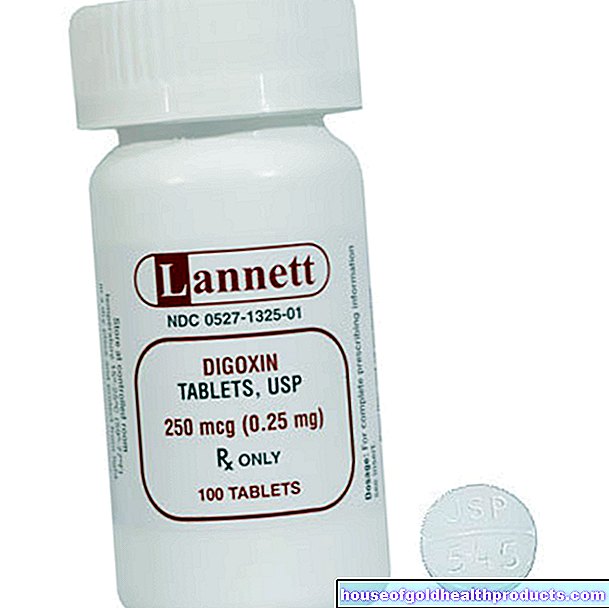
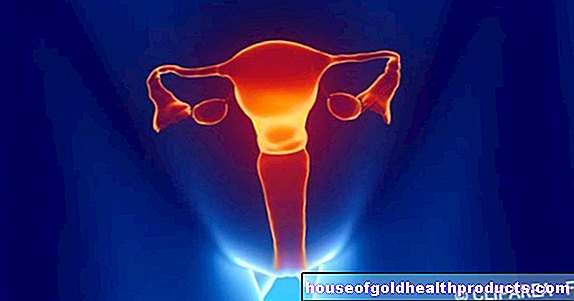
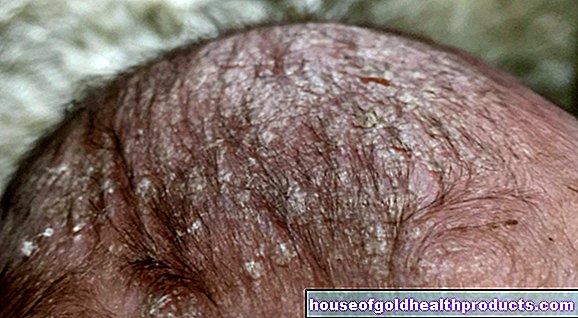

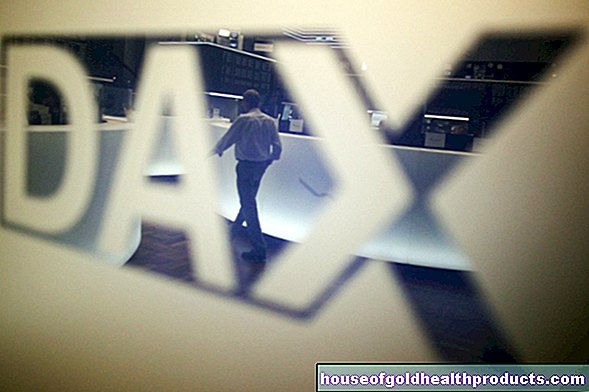



.jpg)
